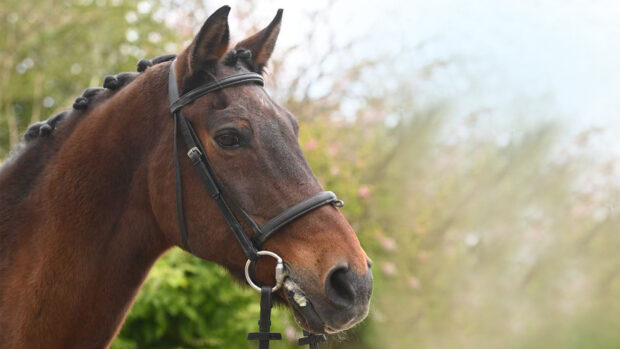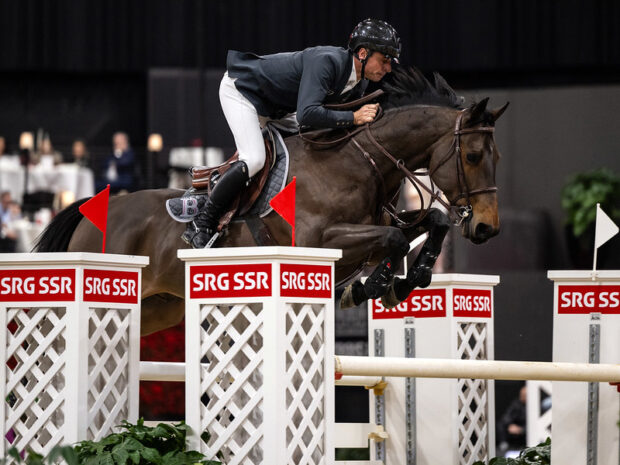Expert advice on predicting the size of your young horse
Vets are often asked this question but, unfortunately, there is no way of accurately predicting a youngster’s final size. Factors such as genetics, nutrition and general health will all play a part, with genetics being the most influential by far.
A foal’s final height and weight will be influenced by the size of both its sire and dam, and especially by the one whose growth genes it has inherited.
This can be guessed at by assessing its phenotype – the visual expression of all the genes it has inherited from both its parents, and deciding which parents it resembles most. This is obviously a matter of judgement which is open to error.
Nutrition will only affect growth if the foal has become exceptionally stunted by severe malnourishment in the first year of its life, when most growth is often achieved, or if it is significantly undernourished for several consecutive years.
In most cases, any lack in development will be made up for at a later stage and the genetic growth potential is almost always fulfilled, even if not until five or even seven years of age.
Various pieces of research have proposed formulae which use heartgirth measurements and bodyweight to predict the final size, but none of these is anywhere near 100% accurate.
Read more about foals :




